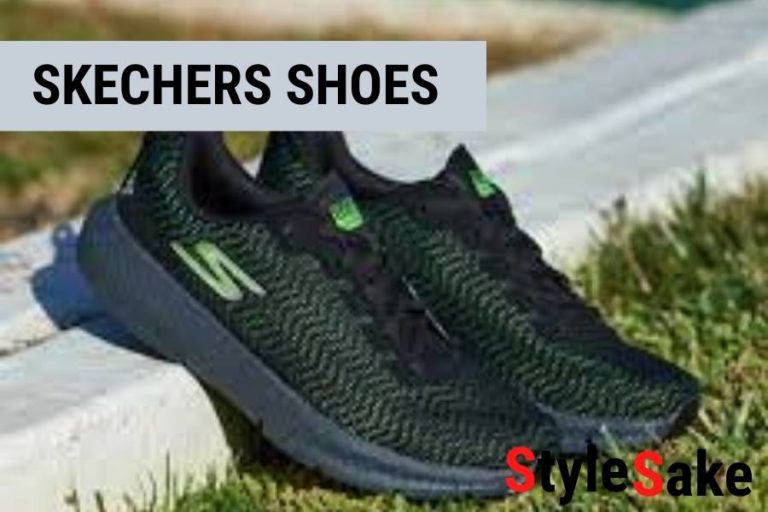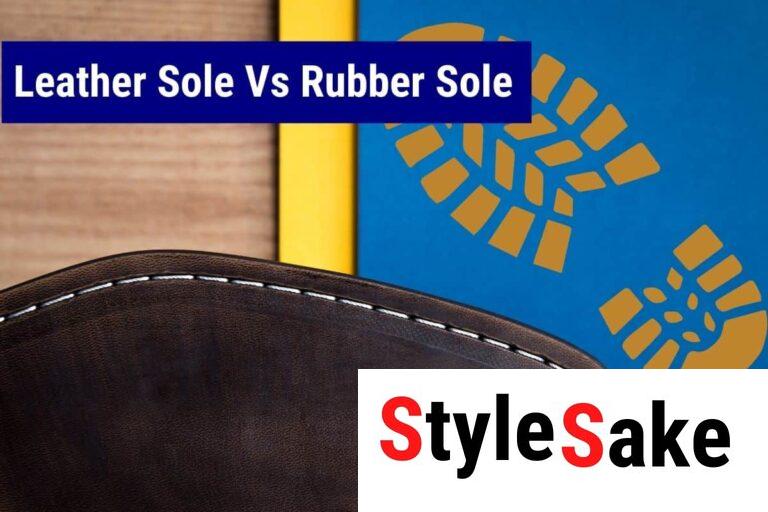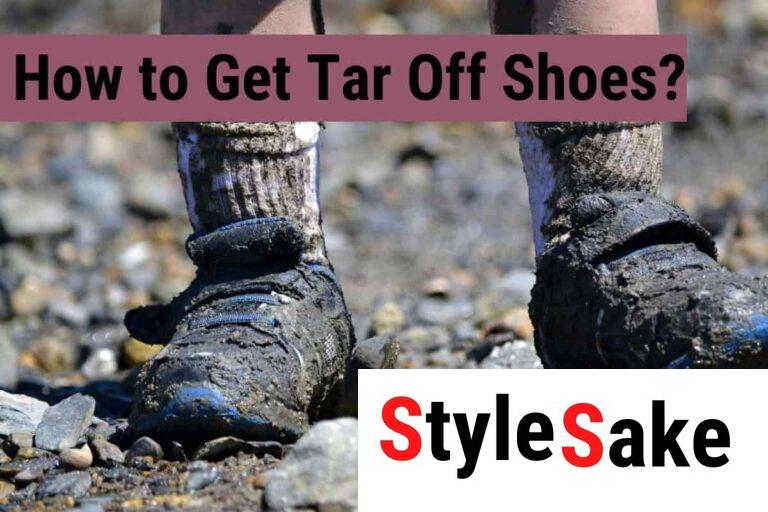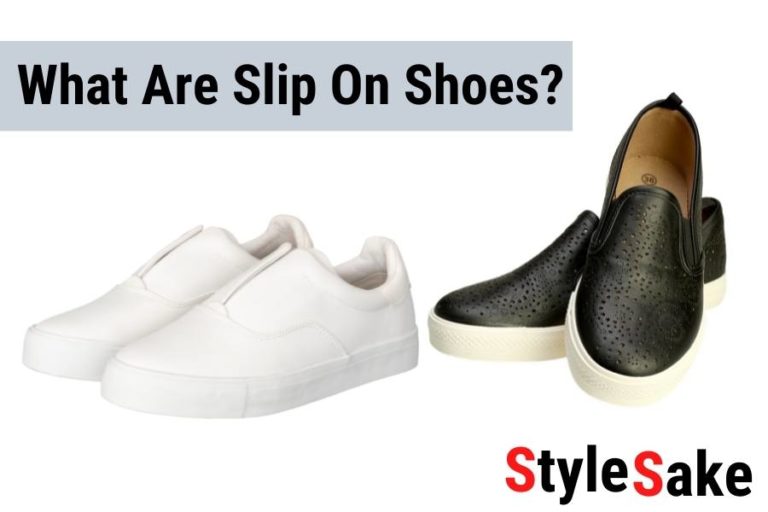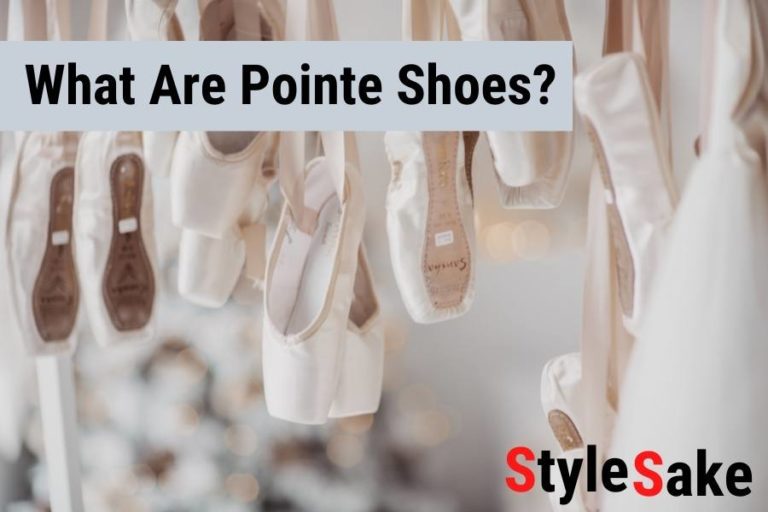What Are Composite Toe Shoes? | A Detailed Guide in 2023
Just got a new industrial job? Congratulations! Your appointment letter has mentioned wearing safety work boots?
Or, Has your factory co-worker recently advised you to get composite toe safety shoes? Either way, you must be confused about what composite toe shoes are and why you should wear them in industries. Non slip shoes are also one of different types of safety shoes and required by many resturants and other industries.
What are composite toe shoes?
Composite toe shoes are a revolutionary invention for industry workers.
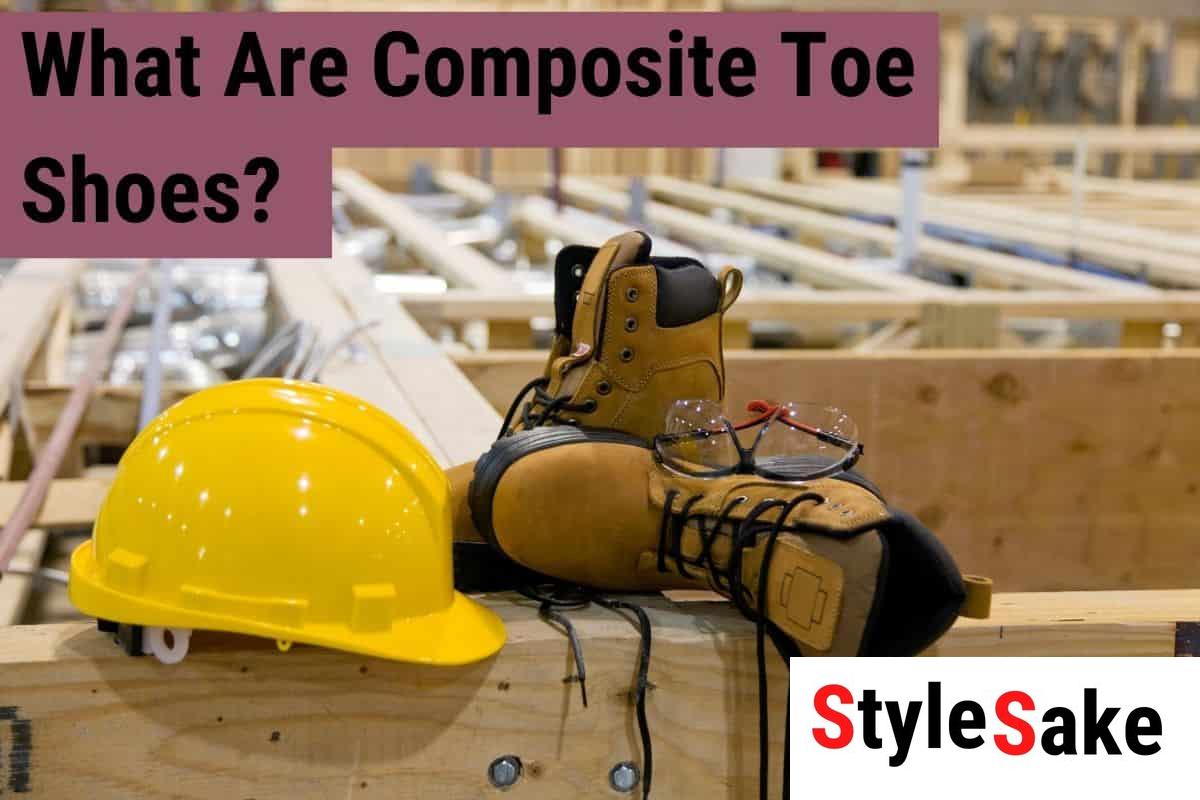
It is essential for industries where metal detectors, electric currents, furnaces or chemicals are employed.
Composite toe shoes are safety work boots that protect toes from serious injury and are OSHA approved. Composite toe guards are made from non-metallic materials such as carbon fiber. Composite toes are better than steel toe shoes in compression resistance, insulation etc.
Work boots require safety toe guards to protect toes against all kinds of hazards. Toe guards were traditionally made of steel or other alloys to provide maximum protection.
But now, Composite toe shoes contain toe guards made of non-metallic material. It provides comfort along with protection, unlike steel toe shoes. Composite toe shoes are a mandatory part of the work uniform for laborer’s, drivers, construction workers, engineers, trainers.
What are your safety work boots made of?
Composite toe shoes contain safety guards made of composite material.
Plastic, carbon fibers, fiberglass, Kevlar are the few most commonly used materials for toe guards.
Different properties of these materials provide different strengths to the toe guards.
Go through each material to decide which suits best for your composite toe safety shoes.
Plastic
The most common and durable material for composite toe shoes is plastic or thermoplastic. Plastic is a synthetic structure made from the polymerization of aromatic benzene. It is lightweight yet strong. Fiberglass is commonly mixed with plastic to give additional elasticity.
Pros
- Do not conduct charge, non-conductors of electricity.
- Resist against minor impacts and loads
- thermal insulators.
- It is shock absorbent.
- Non-corrosives, used in chemical industries such as petroleum.
Cons
- It is flammable and is not allowed in furnace-based industries.
- It cannot bear high compression. It is not suitable for steel or load-bearing industries.
- Thin plastic tore apart due to high impact.
- Chainsaw can cut through plastics.
Kevlar
It is a type of aramid material. It is 5times stronger than steel toe shoes and 5 times less in weight. Kevlar is a bulletproof material and is used in composite toe shoes for police or other armed forces.
Fiberglass
Fiberglass in actual is melted glass into fine fibers.
They have very high elasticity and strong resistance against force despite being thin.
It passes the impact and compression test standardized by ASTM.
Pros
- Fiberglass does not conduct electricity. Therefore, it is great if electric hazards are suspected.
- The elastic nature of fiberglass prevents Markings of forceful impacts.
- Fiberglass provides insulation and can even withstand extremely high or low temperatures.
- 50 % lighter than steel
Cons
- Fiberglass is an expensive material.
- Poor fire resistance.
Fiberglass is mainly used in composition with plastic to reinforce both materials for added benefits.
Carbon fiber
Carbon fiber proves to be the best composite material for toe guards. It provides high impact and crushing resistance along with its lightness and reduced thickness.
Pros
- Excellent resistance to compression and impact
- Non-corrosive
- Weight 60 % of steel toe shoes
- Non-magnetic
Cons
- They are expensive
- Flammable in extreme fire
- Electric conductors
Mostly carbon fibers are combined with resins to make them more thin and rigid.
It makes it better resistant and even better performing than fiberglass or plastic.
Carbon fiber is essential for extreme performance and features.
Find work boots according to your industrial demand.
Not every company wants you to wear heavy metal boots to their industry daily and strain your ankles with the heavy load.
You need to select and wear toe safety work boots according to the requirements of your workplace.
Several different industrial occupations are listed below with their demanding toe safety shoes and why you need them.
Firefighter/ furnace-based industries
Shoes for fighting fire or furnace-based industries require composite material toe shoes with high thermal insulation properties.
Construction workers
Construction sites are risky places themselves. You will need safety shoes with durability, pressure resistance and electric insulation against live wires.
They should be light on feet for workers to move around freely.
Electrician
Exposed to live wire and current hazards, electricians wear well-padded safety work boots.
Composite toe shoes with rubber padding and toe guards are the most electrically neutral, shock-absorbing, durable and lightweight safety work boots.
Pharmaceutical or chemical-based industries
Places where a lot of chemical spills are possible; are not suitable for steel toe boots.
Wear composite material in your safety toe shoes which are lightweight for easy movement and non-corrosive and temperature resistant.
Are composite toe shoes safe work boots?
Yes! Composite toe shoes are one of the safest options for work boots. Let me tell you why.
For the safety and security of workers in risky professions, specific criteria of OSHA tests the reliability and strength of each type of work boots.
Are composite toe shoes OSHA approved?
OSHA stands for occupational standards and health administration.
The system works for maintaining standards of security globally. It ensures the safety and health of people associated with risky professions.
OSHA restricts employees to wear safety toe footwear while at duty, regardless of the immediate risk present.
Safety toe shoes must have a leather exterior, non-slippery or noise-producing soles and must have metatarsal pads and toe guards for protection.
Toe guards must go through various testing by ASTM F2413.
ASTM F2413 includes testing for impact resistance and compression resistance of the work boots. Both tests should rate at 75 for ASTM approval.
Impact testing
The test ensures the durability and ability to protect toes if any heavy load falls on toes.
Compression test
If any heavy thing rolls on the toe shoes, it should be able to regain its shape and distribute the weight-bearing equality to the entire shoe structure, ultimately protecting it against the rolling load.
Although we can say composite toe shoes are OSHA approved but still be aware of cheaper composite shoes, they may or maybe not.
If you look carefully on your composite shoes, it has a specific standard safety logo. These logos identify what type of protection the shoe provides, thus helping to decide what exactly you need.
Why are composite toe shoes better than steel toe shoes?
Composite Shoes Vs Steel Toe Shoes
Let’s focus on comparing composite toe shoes with steel toe shoes. So that you can make a better choice which one suits your workplace
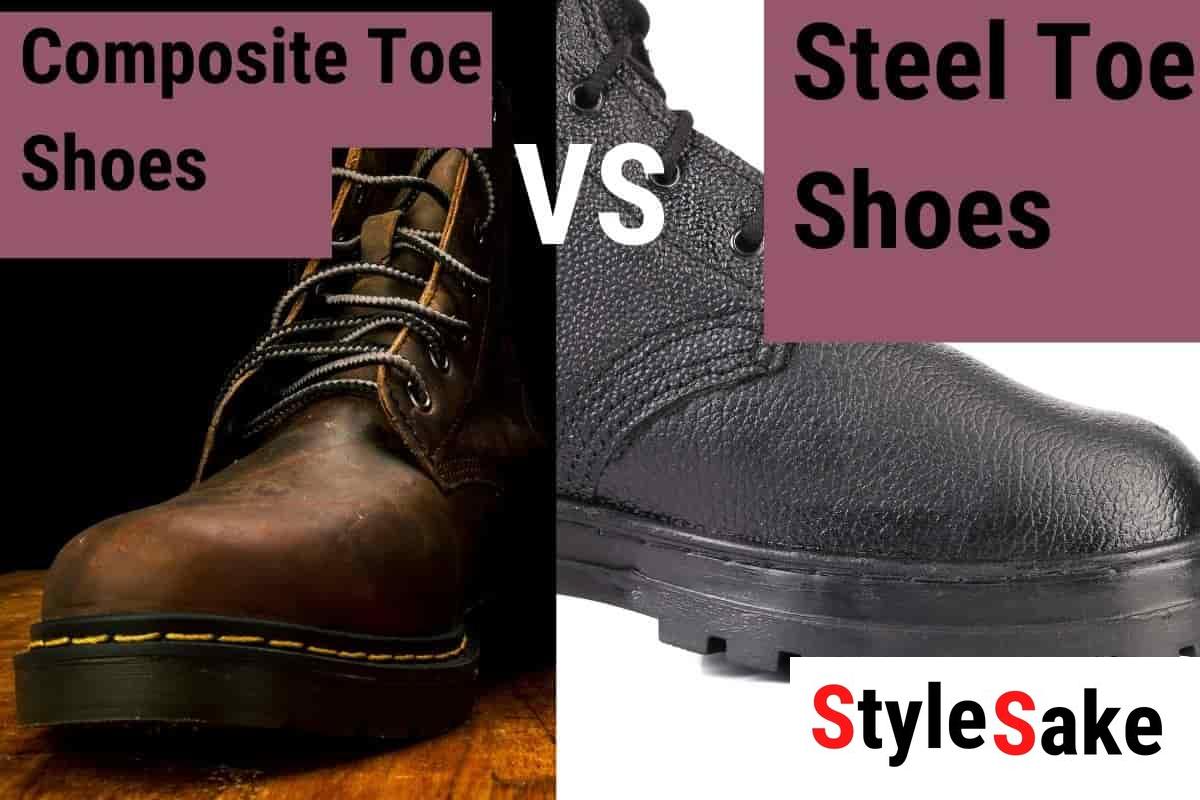
Shoe weight
Composite materials are 30-50 % lighter in weight than steel or metal toe shoes. Composite materials require to be thicker to provide protection comparable to steel toe shoes.
Thermal insulation
Steel is a thermal conductor. Composite materials do not conduct heat or cold. To prevent toes from frostbite or hot temperature; fiberglass or plastic toe shoes are the best matches.
Electric resistance
Metal conducts electricity. Composite plastic or fiberglass materials are insulating materials for electricity. Composite shoes are High in demand by electricians, welders, construction workers or powerhouse employees.
Durability
Composite and steel toe shoes are equally durable as per the ASTM standards. Keep in mind to change footwear after an impactful trauma to shoes.
Comfort
Composite material is more comfortable and easier for tracking jobs. Do not cause bruises, unlike steel toe shoes. Checkout most comfortable non slip shoes if you want to have relaxed feet on job.
Punctures and dents
Steel shoes are less likely to get punctured as compared to composite shoes. Load, friction and pointed object puncture composite material when hit with force.
In most of cases both are Slip Resistant Shoes to avoid accidental slip.
Do composite toe safety shoes bear weight greater than steel toe shoes?
Composite toe shoes bear almost equal weight as steel toe shoes. Composite toes are 30 % lighter than steel toe shoes.
What is the ASTM rating of composite toe shoes?
ASTM test for Composite shoe rates at 75, similar to the steel toe shoe rating.
Do composite toe shoes cause bruises and calluses?
No! Unlike steel toe shoes, composite toe shoes do not cause bruises or calluses.
They are comfortable for toes and rigid against external pressure, electricity, chemicals or thermal hazards.
Is it necessary for the material of safety work boots to be of ASTM standards?
Yes! Each industrial worker is required to wear safety work boots with ASTM standards.
It ensures that workers are safe from:
- physical injury
- high-pressure impact
- compression, rolling of heavy material
- chemical spills
- thermal effect on toes.
Why are composite toe shoes better than steel toe shoes in winter?
In winter, steel expands and becomes cold. It is inadvisable to wear shoes with freezing toes that do not fit as expanded steel leave less room for toes to rest.
Therefore, it is advisable to wear composite safety shoes in winter, with insulating material which do not expand on low temperatures.
What is the lifespan for composite toe safety work shoes?
If the material fulfils the standards of ASTM, then the work boots are safe for lifetime use until they are brutally injured 2 to 3 times by impacts.
